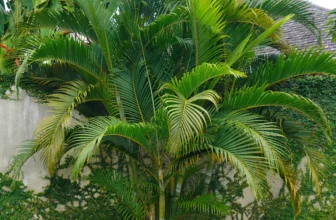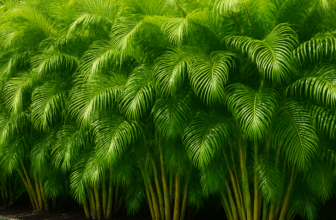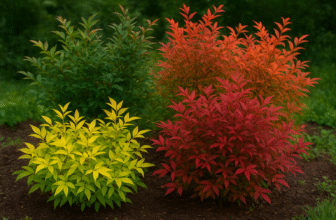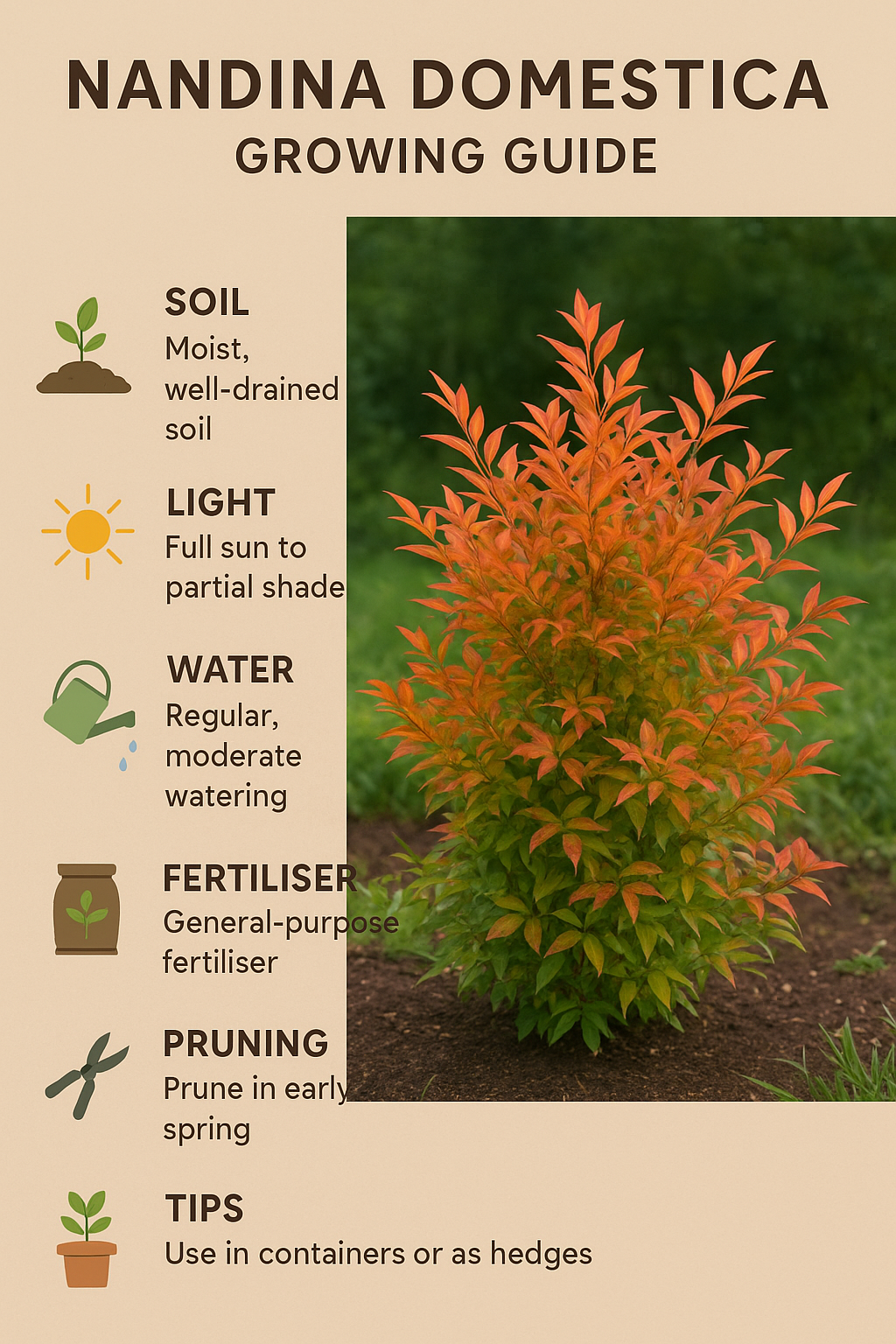If you’re looking for a tree that brings elegance, strength, and lush green leaves all year round, So, Gardengreen have a complete solution of how to Grow Teddy Bear Magnolia Tree. This a perfect choice for Australian gardens.
This 2025 Australian guide updates us, Compact yet stylish, this evergreen favorite suits modern backyards, courtyards, and even large pots on patios beautifully.
What Makes the Teddy Bear Magnolia So Popular in Australia?
The Teddy Bear Magnolia was bred for urban gardens and small outdoor spaces — ideal for city living. Its upright, compact shape makes it easy to fit in narrow spots while still giving you that iconic magnolia beauty.
Here’s why Aussies love it:
- Compact size: Grows around 3–4 metres tall.
- Low maintenance: Slower growth, less pruning.
- Year-round greenery: Dense, glossy leaves with a rusty-brown underside.
- Long flowering season: Large, creamy white blooms from late spring through summer.
- Versatile use: Great for pots, borders, hedges, or standalone feature trees.
According to the NSW Department of Primary Industries, evergreen magnolia hybrids like Teddy Bear adapt well to temperate and coastal Australian climates, provided the soil drains well.
Step-by-Step: How to Grow Teddy Bear Magnolia in Australia
Growing this tree isn’t complicated — it just needs the right start. Here’s a step-by-step guide tailored for Australian conditions.
1. Pick the Right Spot
Pick a sunny spot for your Teddy Bear Magnolia. It needs about 6 hours of sunlight each day to grow and flower well. Once it’s settled, it can handle a bit of frost, but it’s happiest in a protected area away from strong winds.
🌞 Tip: If you live near the coast, plant it somewhere sheltered from salty sea winds to keep the leaves healthy.
2. Prepare the Soil
These trees thrive in slightly acidic to neutral soil (pH 6–7). Soil should be loamy, rich in organic matter, and well-draining.
Mix compost or aged cow manure into the planting hole to boost nutrients. Avoid heavy clay soils — if you have clay, improve drainage by mixing in gypsum and coarse sand.
For soil guidance, check the Australian Soil Resource Information System (ASRIS) for local soil data before planting.
3. Planting Steps
- Dig the hole twice as wide as the root ball and the same depth.
- Gently remove the magnolia from its pot and tease out the roots.
- Please place it in the hole so the top of the root ball is level with the ground.
- Backfill with your soil mix and press down lightly.
- Water deeply right after planting.
- Finish with a 5–7 cm layer of mulch, keeping it away from the trunk to prevent rot.
Watering & Feeding Schedule
The first year is crucial for root establishment.
- Water two to three times per week during warm months.
- Once established, water weekly or when the top 5 cm of soil feels dry.
- In very hot climates (like inland NSW or WA), water early in the morning or late afternoon to prevent evaporation.
Feed twice a year with a slow-release fertilizer for acid-loving plants, such as camellias and azaleas.
Expert tip: Add a seaweed solution monthly during the growing season for stronger roots and richer foliage.
For fertilizer selection, you can reference the Gardening Australia Plant Care Guides for product recommendations suited to your region.
✂️ Pruning & Maintenance
Teddy Bear Magnolias are naturally neat, so minimal pruning is needed.
- Prune lightly in late summer or early autumn after flowering.
- Remove any dead, weak, or crossing branches.
- Keep the base clear of weeds and reapply mulch annually.
If you’re using it as a hedge, shape it gently once a year to maintain symmetry.
Growing Teddy Bear Magnolia in Pots
This variety performs surprisingly well in large pots or planters, especially on balconies or patios.
Tips for pot success:
- Use a Premium potting mix for trees or shrubs.
- Choose a pot with good drainage holes.
- Water more often than in-ground trees, as potted soil dries faster.
- Feed every 2–3 months with a liquid fertiliser.
🌼 Try grouping your potted magnolia with lavender or dwarf lilly pilly for a balanced, fragrant outdoor look.
Flowering & Seasonal Care
Teddy Bear Magnolias bloom from late spring through early autumn, producing large, creamy-white flowers with a soft citrus scent.
To boost flowering:
- Make sure the plant gets plenty of light.
- Avoid over-pruning in spring.
- Use a balanced fertilizer before the flowering season begins.
If your magnolia isn’t blooming, check your watering schedule — both overwatering and drought stress can prevent buds from forming.
⚖️ Pros and Cons of Teddy Bear Magnolia tree
Landscaping & Decorating Ideas
1. Front Yard Feature
For a clean, architectural look Plant a Teddy Bear Magnolia near your entrance. It pairs beautifully with sandstone paths or native grasses.
2. Hedging or Screening
Line a driveway or fence with multiple magnolias for a dense evergreen screen that softens harsh boundaries. Space them about 1.5–2 metres apart.
3. Balcony or Courtyard Pot Plant
Perfect for inner-city homes — one lush magnolia in a big pot instantly elevates small spaces.
4. Office or Commercial Décor
The upright, structured form of this magnolia brings calm, green energy to office courtyards and retail entrances.
Artificial Teddy Bear Magnolia Options (For Busy Australians)
If you love the look but not the upkeep, artificial Teddy Bear Magnolias are an excellent choice.
They look incredibly realistic and stay perfect all year — no watering, no pruning, no pests.
Explore Premium artificial trees at GardenGreenAU — a trusted Australian source for lifelike magnolias, green wall plants, and outdoor plants.
Artificial options are ideal for:
- Rental homes
- Offices and cafés
- Covered patios
- Low-light indoor corners
🌼 Pro Tip: Mix real and faux plants to balance freshness with convenience.
Environment & Sustainability Notes
When selecting natural or artificial greenery, consider your environmental footprint. The Australian Government’s Department of Climate Change, Energy, the Environment and Water (DCCEEW) encourages using sustainable garden practices — including composting, water-efficient irrigation, and responsible waste disposal.
Final Thoughts: Bring Home the Beauty of a Teddy Bear Magnolia
The Teddy Bear Magnolia Tree is truly a gem for Australian gardens — compact, evergreen, and full of charm all year round. Whether planted in the ground or kept in a decorative pot, it adds instant elegance with minimal fuss. Give it plenty of sunlight, well-draining soil, and a little care, and it will reward you with glossy leaves and beautiful blooms season after season.
If you’re after a low-maintenance tree that blends toughness with timeless appeal, the Teddy Bear Magnolia is an easy favourite for Aussie homeowners.
👉 Related Reads:
- How to Grow a Magnolia Tree in Australia – Step-by-Step Guide
- Best Evergreen Trees for Small Australian Gardens
- Fertilising Magnolias – When and How to Do It Right
💬 FAQs: Teddy Bear Magnolia in Australia
FAQs – Teddy Bear Magnolia Growth & Sunlight in Australia (2025)
How fast does a Teddy Bear Magnolia grow in Australia?
It’s a slow-to-moderate grower, adding about 20–30 cm per year once established. Perfect for small Australian gardens where you don’t want rapid overgrowth.
Can I grow Teddy Bear Magnolia in full sun in Australia?
Yes — it thrives in full sun but tolerates light shade. For best flowering, ensure it gets at least half a day of direct sunlight.





